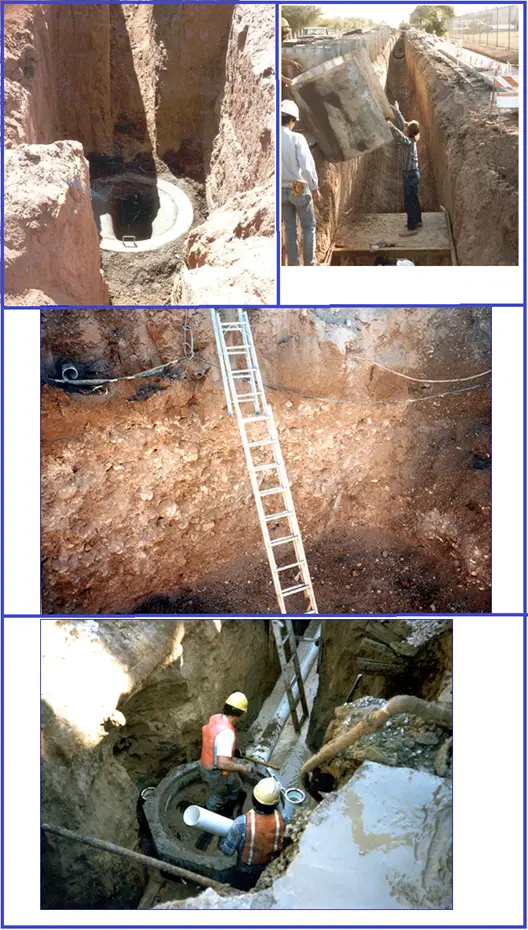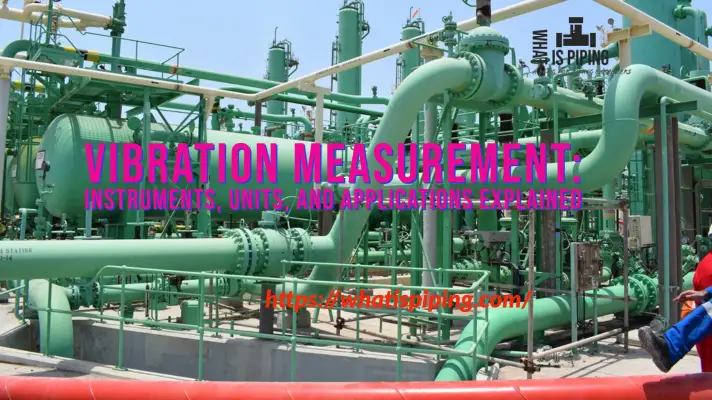Safety in the workplace is of paramount importance to ensure the well-being of employees and the overall success of a business. Accidents and injuries can not only cause physical harm to workers but can also result in financial losses, decreased productivity, and damage to a company’s reputation. One crucial aspect of measuring workplace safety is Lost Time Injury (LTI). In this article, we will explore what Lost Time Injury is, its significance, its impact on businesses, and strategies to prevent and mitigate LTIs.
What is Lost Time Injury (LTI)?
Lost Time Injury, commonly referred to as LTI, is a key performance indicator used to measure the safety record of a workplace. It is a workplace injury or illness that results in an employee being unable to perform their regular job duties for at least one full working day following the incident. This injury leads to lost work hours or days and may result in the affected individual being temporarily or permanently unable to work.
The Importance of LTI in Workplace Safety
Tracking and analyzing Lost Time Injuries is essential for several reasons:
- Safety Performance Assessment: LTI serves as a vital metric for evaluating the effectiveness of a company’s safety management system. A high LTI frequency suggests that the workplace may have safety issues that need to be addressed urgently.
- Financial Impact: LTIs can result in increased medical expenses, worker compensation claims, and potential legal liabilities for employers. This can negatively affect a company’s bottom line and profitability.
- Employee Morale and Productivity: Workplace injuries not only harm the injured individual but can also impact the morale and productivity of their colleagues. A safe work environment promotes employee satisfaction and motivation.
- Reputation and Stakeholder Confidence: Companies with high LTIs risk damaging their reputation, leading to a loss of trust among customers, investors, and other stakeholders.
Factors Contributing to Lost Time Injuries
Several factors can contribute to Lost Time Injuries in the workplace:
- Unsafe Work Practices: Failure to follow safety protocols, inadequate training, and lack of awareness can lead to accidents.
- Hazardous Working Conditions: Poorly maintained equipment, unsafe working environments, and insufficient protective gear increase the risk of injuries.
- Fatigue and Stress: Overworked employees or those suffering from chronic stress are more prone to making mistakes and being involved in accidents.
- Lack of Risk Assessment: Failure to identify and address potential hazards increases the likelihood of injuries.
- Organizational Culture: A company culture that doesn’t prioritize safety or encourages risk-taking behavior can lead to a higher number of LTIs.
Major Causes of Lost Time Injury in the Oil and Gas Projects
In the oil and gas industry, safety is of paramount importance due to the hazardous nature of the work involved. Despite significant advancements in safety measures, Lost Time Injuries (LTIs) can still occur. Several factors contribute to LTIs in oil and gas projects, and some of the major causes include:
- Working at Heights: Oil and gas projects often involve work at elevated locations, such as platforms, rigs, and scaffolding. Falls from heights can lead to severe injuries, making working at heights one of the primary causes of LTIs.
- Struck by Objects: Heavy machinery, equipment, and tools are commonly used in oil and gas projects. Accidents can happen when workers are struck by moving objects or falling tools, especially in areas with high activity levels.
- Vehicle Accidents: The oil and gas industry often requires the transportation of personnel, equipment, and materials to remote and challenging locations. Vehicle accidents, including collisions and rollovers, can result in serious injuries and fatalities.
- Fires and Explosions: The presence of flammable materials and processes involving high pressure and heat creates the risk of fires and explosions. These incidents can lead to severe injuries and significant damage to equipment and facilities.
- Contact with Hazardous Substances: Workers in the oil and gas industry may come into contact with hazardous substances, such as toxic chemicals or gases. Exposure to these substances can cause injuries, illnesses, and long-term health issues.
- Confined Spaces: Oil and gas projects often involve work in confined spaces like tanks, vessels, and pipelines. Accidents can occur due to poor ventilation, lack of oxygen, or exposure to harmful substances.
- Equipment Malfunction: Equipment failures or malfunctions, such as a blowout preventer failure or pipeline rupture, can lead to catastrophic incidents resulting in multiple LTIs.
- Inadequate Training: Insufficient training or lack of experience in handling equipment and following safety protocols can increase the risk of accidents and injuries.
- Fatigue and Stress: The oil and gas industry operates 24/7 in demanding and remote environments. Fatigue and stress can impair worker judgment and concentration, leading to errors and accidents.
- Weather Conditions: Adverse weather conditions, such as storms, hurricanes, or extreme temperatures, can pose significant risks to workers’ safety.
Lost Time Injury Frequency Rate
Lost Time Injury Frequency Rate (LTIFR) is a significant safety metric used to measure the number of Lost Time Injuries (LTIs) occurring within a specific period, usually per one million hours worked. It provides an accurate representation of the frequency and severity of workplace injuries and is commonly used in various industries to assess and benchmark safety performance.
Calculation of Lost Time Injury Frequency Rate (LTIFR):
The formula to calculate the Lost Time Injury Frequency Rate is as follows:
LTIFR = (Number of Lost Time Injuries * 1,000,000) / Total Hours Worked
To break down the formula:
- Determine the “Number of Lost Time Injuries”: This refers to the total number of workplace injuries or illnesses that resulted in a worker being unable to perform their regular job duties for at least one full working day.
- Calculate the “Total Hours Worked”: This represents the sum of hours worked by all employees during the specific time period being measured. This can be calculated for a single employee, a department, or the entire organization, depending on the level of analysis required.
- Multiply the “Number of Lost Time Injuries” by 1,000,000 to standardize the rate per one million hours worked.
- Divide the result by the “Total Hours Worked” to obtain the Lost Time Injury Frequency Rate.
Significance of LTIFR:
The LTIFR is a valuable indicator of a company’s safety performance and can help identify trends and potential safety issues within the organization. A high LTIFR may indicate that there are significant safety concerns that need immediate attention, while a low LTIFR suggests that the safety measures in place are effective in preventing workplace injuries.
Benchmarking and Industry Standards:
Companies often use LTIFR as a benchmark to compare their safety performance with industry standards and best practices. Organizations can compare their LTIFR with similar businesses in the same industry to gauge their safety performance relative to peers. This helps in identifying areas for improvement and implementing best practices to reduce workplace injuries.
Limitations and Additional Considerations:
While LTIFR is a useful metric, it does have some limitations. For instance, it focuses solely on Lost Time Injuries and may not capture less severe incidents or near-misses that could have the potential for more severe consequences. Therefore, it is essential to consider other safety indicators and metrics, such as Total Recordable Injury Rate (TRIR) and Severity Rate, to gain a comprehensive understanding of workplace safety.
Example of Lost Time Injury
Here’s an example of a Lost Time Injury:
Scenario: John works in a manufacturing plant that produces heavy machinery parts. One day, while operating a large industrial press, he accidentally places his hand too close to the machine’s moving parts. As a result, his hand gets caught in the press, causing a severe crushing injury.
Lost Time Injury (LTI): John’s injury is considered a Lost Time Injury because it is significant enough to prevent him from performing his regular job duties for an extended period. Due to the severity of the injury, John is unable to work for several weeks as he undergoes medical treatment and recovery.
In this example, John’s injury meets the criteria of being a Lost Time Injury because it resulted in him being unable to work for an extended period beyond the day of the incident. The injury required medical treatment, and John had to take time off work to recover, which impacted both his well-being and productivity in the workplace.
It’s important to note that Lost Time Injuries can vary in severity and can occur in various work environments and industries. Each case should be thoroughly investigated to identify the root causes and implement measures to prevent similar incidents in the future. Workplace safety protocols and employee training play a crucial role in reducing the occurrence of Lost Time Injuries and promoting a safe working environment for all employees.
Prevention and Mitigation Strategies
To reduce Lost Time Injuries and promote a safer work environment, companies can implement various preventive measures:
- Safety Training: Regular training sessions on safety procedures, proper equipment usage, and hazard identification are essential for all employees.
- Risk Assessments: Conduct thorough risk assessments to identify potential hazards and take proactive measures to eliminate or control them.
- Reporting and Investigation: Encourage a culture of reporting incidents, near-misses, and potential hazards. Investigate all incidents to identify root causes and implement corrective actions.
- Safety Incentive Programs: Establishing safety incentive programs can motivate employees to prioritize safety and report unsafe conditions.
- Employee Engagement: Involve employees in safety initiatives, seek their feedback, and encourage their active participation in safety committees.
- Continuous Improvement: Regularly review and update safety protocols to reflect industry best practices and emerging safety technologies.
Conclusion
Lost Time Injury is a critical metric that highlights the importance of workplace safety. A high LTI rate not only impacts employees’ well-being but also poses financial and reputational risks to the company. By implementing effective preventive measures and fostering a safety-first culture, businesses can significantly reduce LTIs and create a safer and more productive work environment for all employees. Remember, safety should always be a top priority in any organization to protect the most valuable asset: its workforce.




![START-PROF Piping Stress Video Training Series [In-Depth] a1](https://whatispiping.com/wp-content/uploads/2019/02/a1.png)



